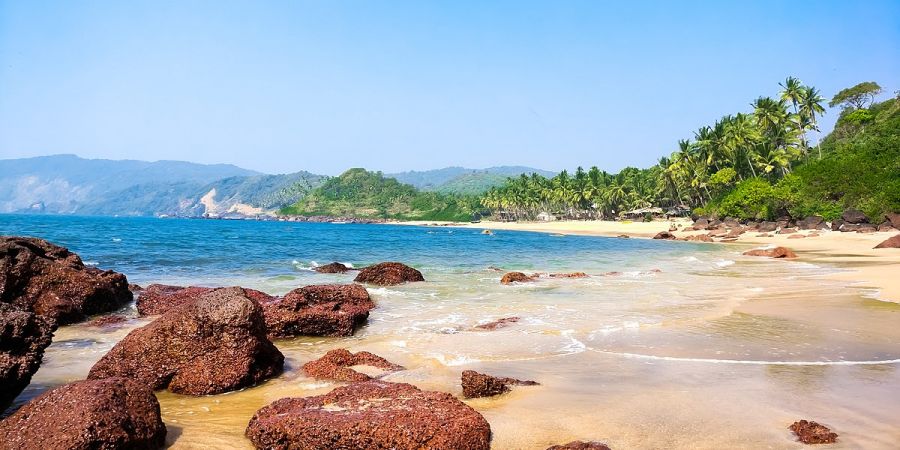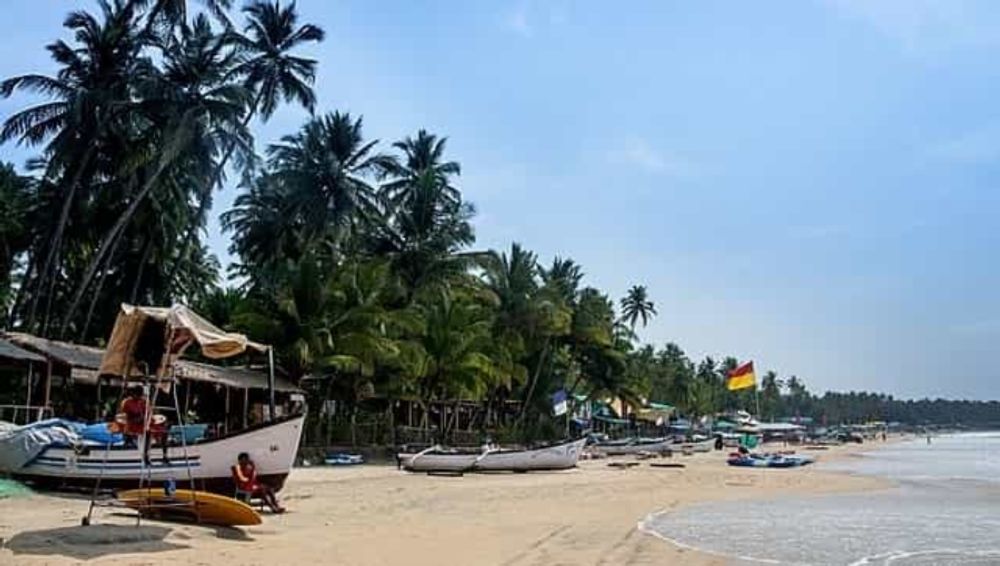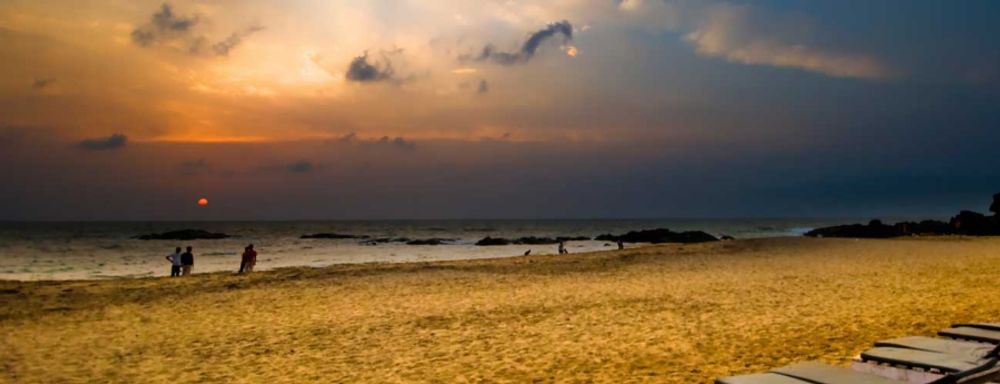

Goa is a state in India that consists of an offshore island and a district on the country's southwest coast. About 250 miles (400 kilometres) south of Mumbai (Bombay), it is situated. It is one of the smallest states in India, bordered on the north by Maharashtra, on the east and south by Karnataka, and on the west by the Arabian Sea. The district's capital, Panaji (Panjim), is located on the mainland's north central coast. It was formerly a Portuguese colony but was annexed by India in 1962 and granted statehood in 1987. 3,702 square kilometres or 1,429 square miles. Pop. (2011) 1,457,723.

The 65 miles (105 km) of sandy beaches, estuaries, and promontories make up mainland Goa's coastline. Low, forested plateaus in the core region blend with the Western Ghats' wooded slopes, which peak to nearly 4,000 feet (1,220 metres) in the eastern edge of the state. The island of Goa (Ilhas) is located between the mouths of the two biggest rivers, the Mandavi and the Zuvari. The island is triangular, with a rocky point at the tip (known as the cape) that divides Goa Harbour into two anchorages.

The weather in Goa is mainly equatorial, with highs in the 80s F (30s C) and lows in the 70s F (20s C) all year round. It rains in the southwest between June and September. About 3,000 millimetres (115 inches) of rain fall on the state each year, with the majority falling during the monsoon season.


Goa's diverse native population and Portuguese colonial history have shaped the region's distinctive cultural landscape. The majority of the population is made up of Christians and Hindus; Roman Catholic churches and wayside crosses can be seen all along the western coast and in the estuaries, while Hindu temples and shrines can be found all throughout the hilly east. Goa is home to sizable Muslim communities as well as lesser Jains, Sikh, and indigenous faiths communities. Many Goans have Portuguese personal names and surnames because Portuguese used to be the language of the government and the aristocracy. Today, however, the majority of Goans opt to speak English, Konkani, or Marathi.
The city of Old Goa, on the island of Goa, formerly served as the centre of the area, but it was largely destroyed by war and disease in the 18th century, leaving only its ruins. However, since the middle of the 20th century, attempts have been made to protect Old Goa. The Basilica of Bom Jesus, which houses St. Francis Xavier's tomb, and the Se Cathedral, which is devoted to St. Catherine of Alexandria, are two of the city's most renowned landmarks. Both were constructed in the 16th century, and in 1986, along with a number of other churches in Goa, they received the UNESCO World Heritage designation.
Modern-day Goa is divided into three main cities: Panaji (Panjim), Marmagao (Mormugo), and Madgaon (Margo). Panaji was formerly an outlying area of Old Goa. Panaji was established on the left bank of the Mandavi estuary, just like its parent city. It now serves as a bustling port city and is home to the archbishop's palace, the executive mansion, and numerous marketplaces. One of the main ports between Mumbai and Kozhikode (Calicut; located in the state of Kerala) is Marmagao, which is protected by a promontory and furnished with a breakwater and a quay. It specialises in shipping manganese and iron ore. Together with its industrial complex, cold-storage facilities, and sizable produce market, Madgaon, a neighbouring city, developed at the same time as Marmagao.
